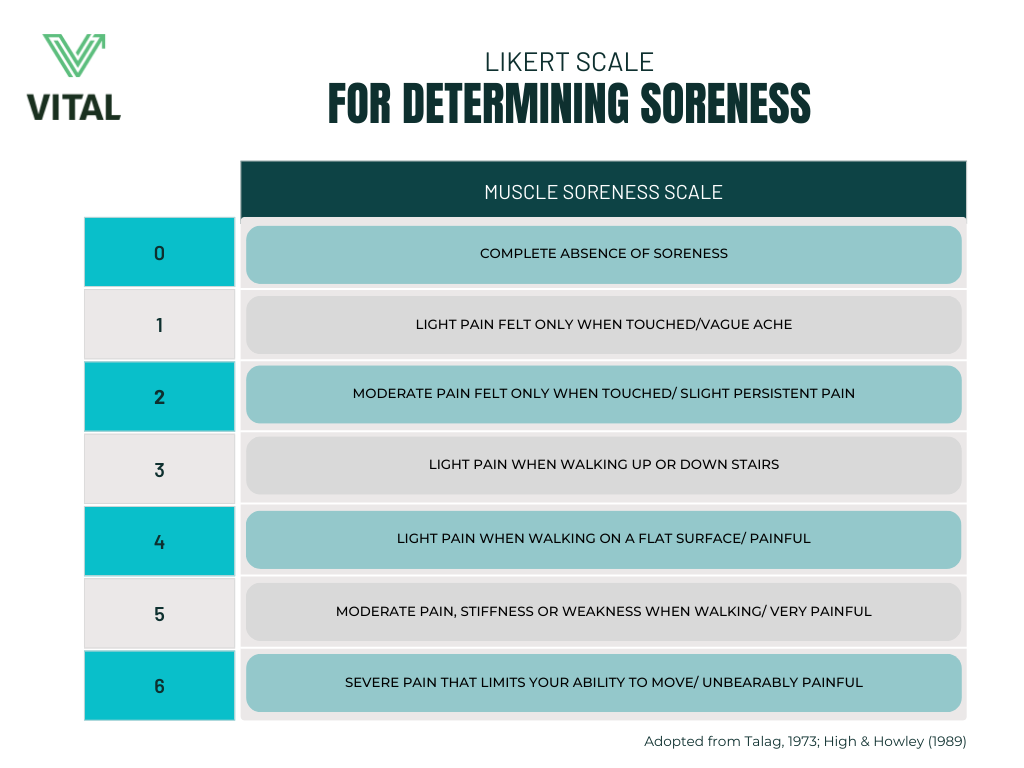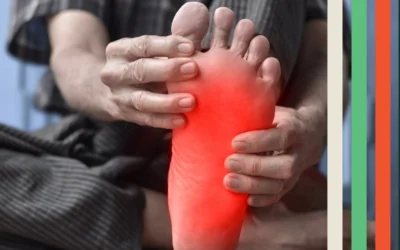Should You Run with Sore Muscles?
Running with sore muscles is a common dilemma for both seasoned and beginner runners. Should you push through the discomfort, or is rest the smarter choice? The answer depends on several factors, including the cause of soreness, your training goals, and how your body responds to movement.
In this post, we discuss when running with sore muscles might be beneficial, when to rest, and some quick tips for managing sore muscles effectively. After reading, if you still need help, you can contact us to get more assistance.
What Causes Sore Muscles for Runners?
Muscle soreness, especially after a tough workout or a long run, is often a result of delayed onset muscle soreness (DOMS). DOMS typically occurs 24-48 hours after strenuous exercise due to small microtears in muscle fibers, triggering an inflammatory response. The eccentric phase of movement—such as the landing portion of your running stride—tends to produce the most soreness.
However, soreness doesn’t always equate to muscle damage. Some stiffness and discomfort are normal, especially when increasing training volume or intensity. But if soreness is accompanied by sharp pain, swelling, or persistent weakness, it may indicate a more serious issue, such as an overuse injury.
When Should You Run with Sore Muscles?
Running with sore muscles isn’t necessarily harmful, and in some cases, it can even be beneficial. Here are a few scenarios where running might help:
- Active Recovery Runs: Light jogging or easy runs can increase blood flow and help flush out metabolic byproducts, promoting faster muscle recovery.
- Mild DOMS: If your soreness is a 1-3 on the Likert scale below (light discomfort, no change in movement), running should be fine.
- Training Consistency: If you’re in a high-volume training phase, adjusting intensity rather than skipping workouts can help maintain fitness while allowing for recovery.
- Cross-Training Options: If running feels too intense, lower-impact activities like cycling, swimming, or elliptical workouts can keep you moving without excessive stress on sore muscle groups.

When Should You NOT Run with Sore Muscles?
Although it might be tempting to run with sore muscles, pushing through and ignoring certain signs can be detrimental. Instead of running, here are times when rest is the better choice:
- Severe Soreness (4-6 on a Likert Scale above): If running alters your stride due to pain or stiffness, you may be at an increased risk for injury.
- Pain Localized in Joints or Tendons: If soreness is more than just muscle fatigue—especially in areas like the knees, ankles, or hips—it might indicate an overuse injury or connective tissue strain.
- Lack of Range of Motion: If stiffness prevents normal movement, pushing through could lead to compensatory movement patterns, increasing injury risk.
Persistent or Worsening Symptoms: If soreness doesn’t improve with light movement, foam rolling, or stretching, it may be best to take a day off or consult a physical therapist.
How to Manage Sore Muscles Effectively
If you decide to run with sore muscles, taking steps to optimize muscle recovery can help:
- Prioritize Sleep and Nutrition: Adequate rest and proper fueling (including protein and carbohydrate intake) support recovery.
- Hydration and Electrolytes: Staying hydrated helps maintain blood flow and reduces cramping.
- Foam Rolling and Mobility Work: Gentle foam rolling or dynamic stretching before running can ease stiffness.
- Adjust Training Intensity: Swap out high-intensity sessions for easier paces or shorter runs.
- Listen to Your Body: If discomfort increases during your run, it’s a sign to back off.
By taking these proactive steps, you can enjoy your runs while managing muscle soreness and minimizing further discomfort.
Conclusion: Rest or Run?
Ultimately, the decision to run with sore muscles depends on the severity of soreness and how it impacts movement. If running feels manageable and doesn’t alter your form, an easy recovery run can be beneficial. However, if pain is sharp, persistent, or affecting your stride, taking a rest day or opting for cross-training may be the better approach.
Balancing training and recovery is key to long-term success. By listening to your body and making smart adjustments, you can stay on track without increasing your risk for injury. If soreness becomes a recurring issue, consulting a sports medicine specialist or physical therapist can help tailor a training program that minimizes excessive strain while keeping you moving.
References
High, D. M., Howley, E. T., & Franks, B. D. (1989). The effects of static stretching and warm-up on prevention of delayed-onset muscle soreness. Research Quarterly for Exercise and Sport, 60(4), 357–361. https://doi.org/10.1080/02701367.1989.10607463




